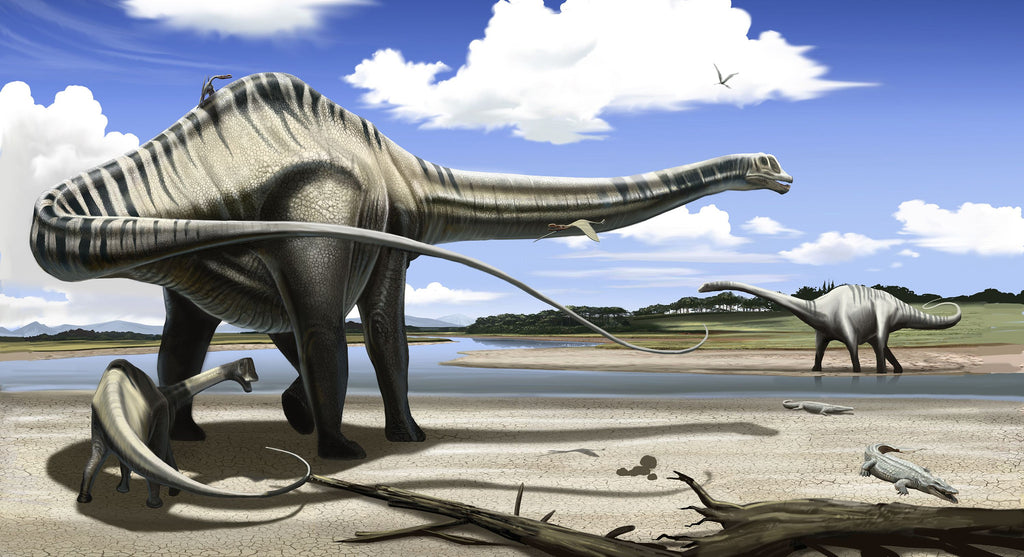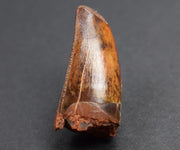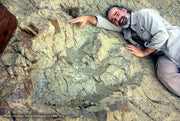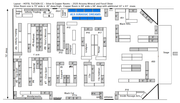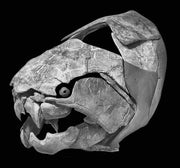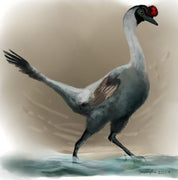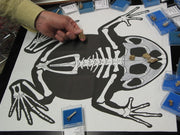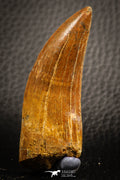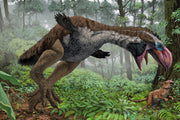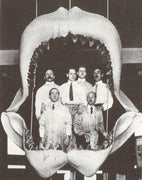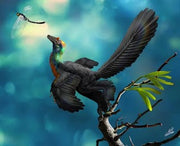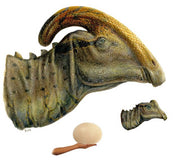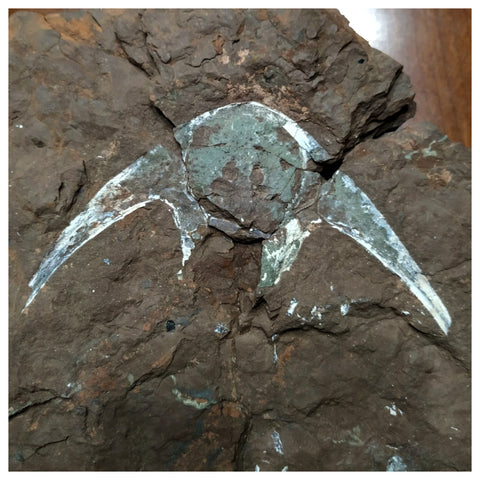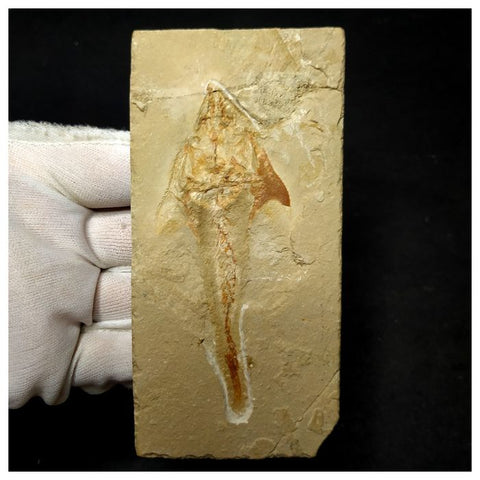Diplodocus Illustration, by Chris Tomlin
Hoots, booms and coos were more likely than Jurassic Park’s roars.
As incredible as it sounds, paleontologists have made in recent years an educated guess about the sounds that dinosaurs emitted. We have collected all the references we found, in this single post. As you can see, their assumptions are mainly based on the 8 following facts:
1. Dinosaurs and Birds Shared Vocalization Fundamentals
The most important assumption is that dinosaurs were the ancestors of birds. The transition lasted more than 150 million years. This is a proven fact and gives scientists a good base to start from.
Enlightening video created by the American Museum of Natural History
2. Closed-Mouth vs Open-Mouth
There is a wide classification available as depicted in the infographic below. Closed-mouth anatomies yield lower-frequency sounds than open-mouth. The vocalization has evolved at least 16 times in Archosauria (extinct non-avian dinosaurs, extinct crocodilian relatives, and pterosaurs). And these changes indicate that theropod dinosaurs such as the Tyrannosaurus rex might have had closed-mouths vocalizations, yielding lower frequency sounds than current birds.

Infographic and study by T. Riede in the Evolution Journal
3. Neck, Tracheae, Sirinx
It has also been studied that an enlarged syrinx or long necks contributed to lower-frequency sounds. Species with these traits were relatively large, such as the Diplodocus, and might have used the sounds during courtship, employed by advertising males.

Diplodocus, by Jan Sovak
4. Lungs
The shape and the size of the lungs, together with the chest and throat, can determine the volume of the sounds that the dinosaurs might have made. A Nanotyrannus could have made a similar sound than that of a crocodile. Powerful, yet with a low-frequency.
"Dinosaur George" Blasing speaking at History.com
5. Vocal Organs
A fossilized syrinx from the Mesozoic was studied and scientists determined that non-avian dinosaurs did definitely not make the kind of calls and screeches that we can hear from modern birds. It’s different, as described by the other factors listed here.

Image by Nicole Fuller/Sayo Art for University of Texas at Austin
6. Feathered or Non-Feathered Bodies Influence Sound Patterns
A study on the acoustic radiation can explain that whatever sounds dinosaur emitted could have been modulated by specific radiation patterns influenced by the type of skin around the vocalizing parts. E.g. feather-free skin dinosaurs might have sounded more like an ostrich (neck completely feather-free) or a grouse (lateral areas of the neck do not have feathers).
7. Crests and Resonating Chambers
The crests of some duck-billed dinosaurs –the Hadrosaurs— had resonant extensions. A study in the Journal of Paleobiology explains that this elongated breathing tracts could produce low-frequency sounds. And we know that the dinosaurs were able to listen to such sensitive noises because of the physical properties of the bones transmitting the sounds between the eardrums and middle ear. In addition, those crests might have acted as a resonant chamber, like for the Corythosaurus.

Corythosaurus, by Vlad Konstantinov
8. Tails
Last but not least, dinosaurs with very long tails could have made noises by flicking it at supersonic speeds. The buzz might have traveled significant distances.

Apatosaurus, American Museum of Natural History
It is impossible to certify some of the assumptions of the paleontological community, especially these non-visual ones. What is true is that what the sound technicians of Jurassic Park did back in the nineties was a tremendous job to make it feel real, or at least, appealing.
Juan A. Poblador



